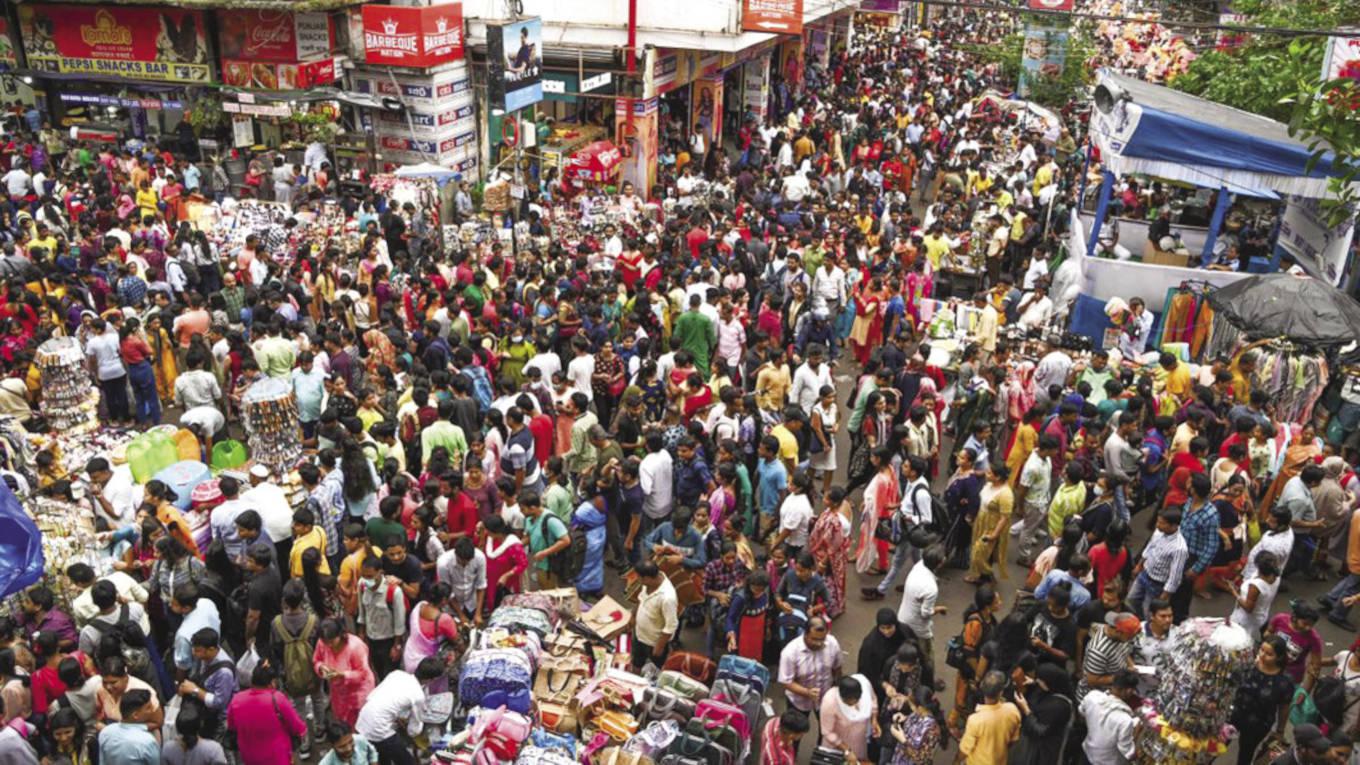-
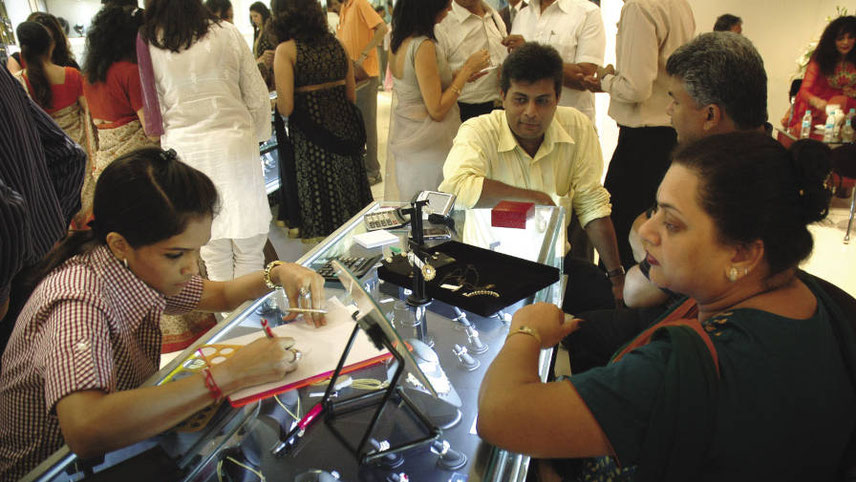
The gold, silver and jewellery market too finally lit up
“The excessive footfall in the markets across the country on 22-23 October, on the occasion of Dhanteras, shows the eagerness of the people to buy Indian goods -- that too, from offline markets,” says Praveen Khandelwal, secretary general, Confederation of All India Traders (CAIT). “After the two years’ recession in the market due to Covid pandemic, the unending outbreak of customers in markets has brought cheers for the traders”.
Rs2.5 lakh crore sales
As for other durables, according to CAIT estimates, the Diwali festival sale last year had crossed Rs1.25 lakh crore. This year, the same agency’s estimates peg sales at Rs2.5 lakh crore. The cherry on the cake was the 30-share BSE Sensex crossing the 60000-mark post-Diwali amid firm global market trends and fresh foreign fund inflows.
The glitter and bang of Diwali and the sales that accompanied it was a reminder that it is consumption that is the backbone of our economy. Indeed, private consumption -- money spent by consumers on buying goods and services -- constitutes the biggest chunk of India’s GDP. In a typical fiscal year, private expenditure accounts for about 55 per cent of the total national GDP.
Furthermore, it has a significant impact on the next major growth driver, Gross Fixed Capital Formation (GFCF), which accounts for the money invested by businesses. As a result, strong domestic consumption translates unintentionally into strong economic growth. In the past, foreign portfolio investors have raised their bets on Indian equities, buoyed by the strength in our consumption growth. This is despite attempts by successive governments, starting with the UPA, to give primacy to manufacturing and exports as key drivers of the economy.
As shoppers returned to markets and malls or trawled the e-commerce websites for better deals, one had to contrast the situation with two years ago. The share of private consumption in India’s economy had been declining since the beginning of the pandemic. The slump in household demand was not surprising. The pandemic shifted consumer demand in favour of essential goods; more discretionary purchases, at least among middle-income households, have taken a back-seat.
With several sectors such as tourism, retail and hospitality still reeling under the impact of the pandemic, incomes have shrunk for many households. Consumers also postponed spends on non-essentials and had less disposable income for travel, services and hospitality. However, private consumption saw strong recovery with rapid coverage in vaccination and faster normalisation of economic activity and revival in consumer demand.
Demand plus demography
“What works for India is the fact that since we are consumption driven – and that too with favourable demographics -- domestic demand is never an issue,” says Sumit Chanda, chief executive & founder, Jarvis Invest, an artificial intelligence-based equity portfolio advisory platform. India is due to overtake China next year as the world’s most populous country with more than 1.4 billion people, according to the UN. That too will help.
As demand for goods rose, banks ramped up their operations. Total flow of financial resources from banks and non-banks to the commercial sector jumped nearly five-fold to Rs9.3 lakh crore between the April-September period this year, from Rs1.7 lakh crore a year ago, according to the Reserve Bank of India.
Retail loan growth surged 20 per cent in September, the fastest since the pandemic outbreak in 2020. Personal loans grew even faster at 24.4 per cent, despite the spate of recent repo rate hikes, which made borrowing costs higher. Non-oil non-gold imports remained resilient, indicating sustained revival in domestic demand.
-
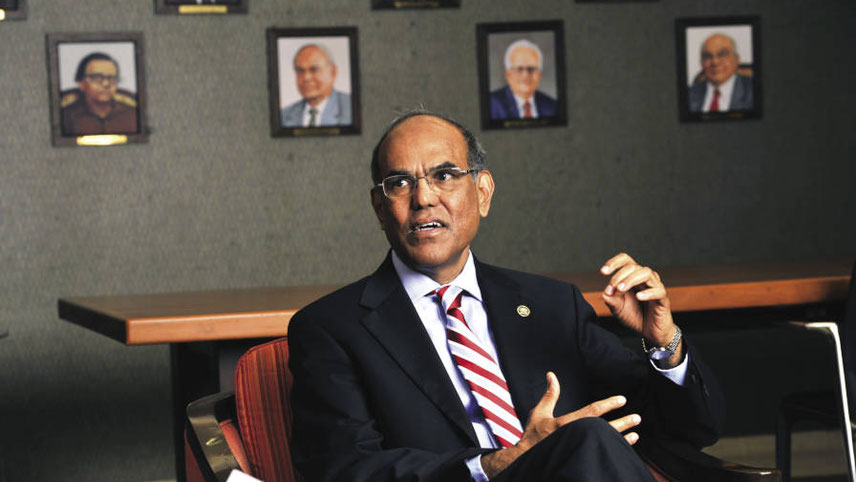
A closer look at the economy may show a K-shape – rising inequality poised to hit growth prospects in the long term
Duvvuri Subbarao Former RBI governor
However, it will be a bit too presumptuous to interpret this consumer behaviour as a leading indicator of the long-term performance of the economy. There were other exogenous triggers as well. For instance, a recent hike of 4 per cent in dearness allowance benefitting 4.18 million Central government employees and 6.87 million pensioners may have acted as a catalyst. In addition, production-linked bonus equivalent to 78 days of wages to non-gazetted railway employees also came in handy.
Apart from the festive-induced spurt, increased farm activity amid a good monsoon provided a boost to two-wheeler, tractor and car sales in rural areas. A boom was also seen in tourism due to the holidays during the period -- as evident from air fares jumping two-to-three times the normal level on non-leisure destinations and up to four-to-five times on holiday destinations recently. Diwali this year also marked the beginning of the Hindu wedding season and much of the wedding-related shopping took place then.
Seasonality factor
From a policymaker’s perspective, this is seasonal behaviour. Seasonality is a characteristic of data in which the data experiences regular and predictable changes that recur every calendar year. For example, there will be more demand for farm labour during a harvest season. Bank loans register a seasonal peak in March.
Seasonal peak for index of industrial production also occurs in March, which could be due to achieving annual targets. It is important to analyse the seasonal behaviour in the right perspective, as it helps in differentiating between seasonal changes and long-run changes of economic time-series. Adjusting for seasonality is important to understand the correct economic conditions and facilitate clearer decision making.
In the immediate aftermath of the pandemic, words like ‘revenge tourism’ (breaking free from the home and travelling to destinations near and far in search of a new experience) and ‘revenge shopping’ (splurging on accessories and fashion goods to make good for all the months when shopping was a no-no) entered the urban lexicon, aptly describing the impulsive consumer behaviour resulting from pent-up demand. Some of the consumer behaviour could still be similarly impulsive.
Economists believe that it would thus be wrong to term the Diwali splurge as a broad-based recovery covering all sections of the population and sectors. It is likely that this trend is largely representative of the ‘higher income’ or ‘upper middle income’ sections of India’s income pyramid on a socio-economic classification and hence is not representative of the larger population.
This is called a K-shaped recovery where different areas of the economy recover at varying speeds. As the shape of the letter ‘K’ denotes, some sectors have lagged or declined, while the other sectors have progressed. The implications of the K-shaped recovery still remain uncertain. Certainly, a K-shaped recovery exhibits wealth inequality, greater corporate monopolies, long-term unemployment for low-income workers, and accelerating technological adoption.
K-shaped auto sales
The Economic Survey 2021 predicted a ‘V-shaped’ recovery. If one looks at year-on-year growth, the recovery in the first quarter of 2021-22 was indeed V-shaped because of 20 per cent expansion – a sharp upturn after a quick decline. A closer look at the economy may, however, show a K-shape, as explained by experts such as the former RBI governor Duvvuri Subbarao – rising inequality poised to hit growth prospects in the long term.
-
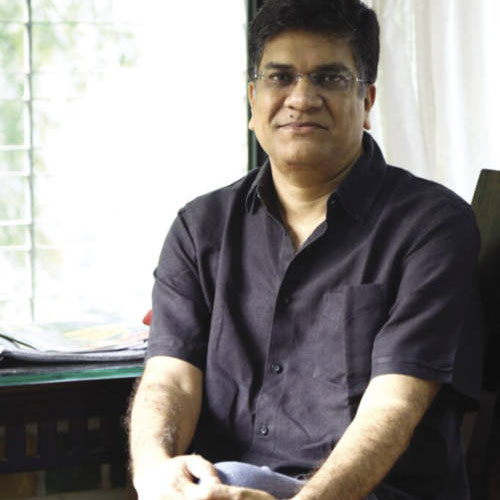
Because of the K-shaped recovery, private consumption is only concentrated in some parts of the income pyramid
Niranjan Rajadhyaksha, CEO, Artha Global
“Because of the K-shaped recovery, private consumption is only concentrated in some parts of the income pyramid,” argues Niranjan Rajadhyaksha, CEO, Artha Global, putting the debate in context. Also, so far rural volumes have remained subdued, though consumption could pick up from the second half of the current fiscal on the back of a good monsoon. In some states, deficient monsoon could still continue to hurt rural consumption.
Nowhere is the largely one-sided nature of consumption more evident than in auto-sales. R.C. Bhargava, chairman, Maruti Suzuki, the country’s largest carmaker, points out that the Indian car market was one of predominantly small cars and hatchbacks but forecasts that the demand for the bread-and-butter hatchback segment is likely to decline in the next fiscal. In fact, the segment has been declining by 28 per cent over the past three years.
Bhargava attributes the decline of the small-car segment to the consistent degradation of the buyer’s affordability. “People with limited income are the hardest hit, and the sustained inflation will further make it difficult,” says he. “They will take a longer time to build up resources to buy a car, but we do have the models in the entry-level segment for them”.
This decline in sales even during the next year could be a signal towards delayed economic recovery in the rural and semi-urban areas after the pandemic. The Maruti Suzuki chairman, however, expects the auto market overall to grow by 8 per cent, with Indians moving towards high-end SUVs and MUVs.
So, the larger trend is that while the overall demand outlook is promising, at least for now, even amid the headwinds of rising inflation, a falling rupee and portends of a global recession, in sectors such as automobiles and smartphones, the growth is concentrated in premium-end products. That is why the demand for SUVs is rising faster than that of small cars or hatchbacks. The demand for lower-segment items is still muted, which is an indication of the long shadow of the pandemic (see Box: Premium-isation of consumption).
FMCG sector blues
The K-shaped recovery is also being witnessed in the consumption of fast moving consumer goods (FMCG). In the June quarter, the urban markets revived with positive volume growth of 0.6 per cent, compared with a slower recovery the in rural markets of -2.4 per cent for the quarter, according to data from Nielsen IQ India.
Rural India accounts for 38-40 per cent of the overall FMCG industry’s volumes. Rural volumes have largely been muted so far because of inflationary pressures impacting consumption in the regions. All eyes are thus on the rural consumption of FMCG in the coming quarters. On a moving annual total (MAT) basis, says Sanjiv Mehta, MD, Hindustan Unilever, urban growth has so far outpaced rural.
However, rural headline growth is seen improving now, and henceforth, rural volumes will depend on commodity prices, crop realisation and government measures.
Ritesh Tiwari, CFO, Hindustan Unilever, says the single-biggest factor that will determine rural volumes is commodities. “If the broader basket of commodities cools off, the way vegetable oil has, it will bring down the prices and that will help consumption and volumes.” “Then, macro factors at play like urban employment improving would send back money to rural areas,” adds Tiwari. “This will augur well for rural consumption. Monsoons have been normal but we are yet to see how crop realisation will play out, and how other government measures like fertiliser subsidy will determine rural consumption.”
-
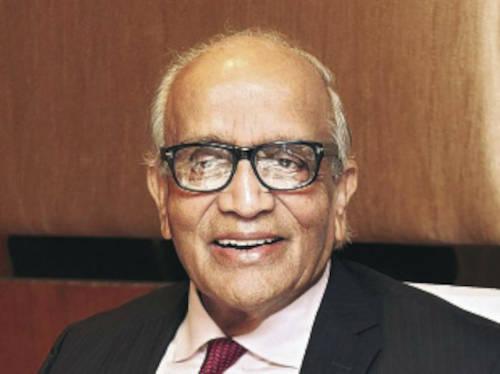
Indian car market was one of predominantly small cars and hatchbacks but the demand for the bread-and-butter hatchback segment is likely to decline in the next fiscal
R.C. Bhargava, Chairman, Maruti Suzuki
During July-September, inflation impacted Tata Consumer Products’ tea consumption, with the leading company’s beverages revenues dropping 7 per cent, while volumes also went down 1 per cent due to price corrections and category slowdown. Sunil D’Souza, CEO, Tata Consumer, says the India tea business is witnessing softness primarily in rural and semi-urban areas, while the premium category is doing well.
“Stress is at the bottom, and at very specific geography. So, it’s not broad-based,” he adds. Though some green shoots can be seen due to good monsoons, he would not declare victory yet.
Dabur also feels that, during the September quarter, the impact of inflationary pressures was more pronounced in the rural markets with demand growth in the hinterland lagging urban markets for the first time in five quarters. However, the company is hopeful of rural demand reporting a smart recovery in the coming quarters.
The GDP figures for the June quarter also present a mixed picture. While private final consumption expenditure, an essential pillar of our economy, climbed 26 per cent year-on-year for the June quarter, the Rs22.08 lakh crore of private spending in April-June 2022 was a significant Rs54,000 crore (2.4 per cent) less than that spent in the preceding quarter. And Gross Fixed Capital Formation, which is viewed as a proxy for private investment, shrank quarter-on-quarter by 6.8 per cent.
The September quarter and the December quarter figures are expected to be a major improvement on this, if one overlooks the premium-isation of discretionary spending that is taking place.
First signs
The first signs of a revival in seasonal consumption were first seen in the Diwali festive period last year. The trend was also visible during the Christmas season of 2021, leading to the New Year. This Diwali, it was almost back to normalcy. According to RBI’s Monetary policy report dated 30 September, “Data for Q2 (ended Sept) indicate that aggregate demand remained buoyant, supported by the ongoing recovery in private consumption and investment demand.”
It shows that seasonally adjusted capacity utilisation rose to 74.3 per cent in Q1 -- the highest in the last three years. Manufacturing firms recorded a sequential uptick in new orders while infrastructure firms displayed optimism on the overall business situation, turnover and employment in Q2 of 2022-23.
The services sector was among the first to claw back to normalcy. Recently, Michael Debabrata Patra, deputy governor, RBI, noted that contact-intensive sectors were leading the rejuvenation as restraint due to the pandemic has waned. “Festival-related spending is already boosting consumption demand with positive externalities for other components of domestic demand,” he said.
Aviation and hospitality were two of the worst-hit sectors in the pandemic, due to sealed borders and reduced travel opportunities. Now, the sectors are seeing a sharp resurgence, with many new hotels opening and airlines introducing new routes. Indian aviation has even seen the launch of a new airline brand as well in Akasa Airways.
The once-beleaguered Jet Airways is set to be relaunched under a new ownership. The Tata group-owned Vistara and Air Asia, along with the newly-acquired Air India, are amping up business and leisure travel.
-
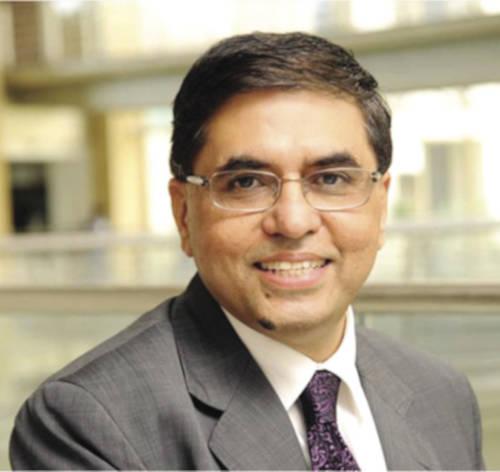
Rural headline growth is seen improving now, and henceforth, rural volumes will depend on commodity prices, crop realisation and government measures
Sanjiv Mehta, MD, Hindustan Unilever
The hospitality industry is also on a roll. Prominent hotel chains are setting up new branches or scouting for new properties. New restaurants are being launched. The rebound was evident early this year, when hotels and other establishments began their hirings in preparation for more business. Interestingly, searches by international guests for Airbnb stays in India have increased by more than 60 per cent year-over-year, says Amanpreet Bajaj, general manager for India, Southeast Asia, Hong Kong & Taiwan, Airbnb.
The resurgence is visible in in-home consumption as well. The paint category, for instance, is a sharp indicator of consumer propensity to spend on their homes and offices. Asian Paints, the country’s largest paint and home decor company, is gung-ho and expects a surge in all home businesses. “The intense fervor of festivals makes the bond of decorating the home far stronger from a social-standing point of view and hence is fueling demand and consumption,” says Amit Syngle, Asian Paints’ managing director & chief executive.
Boosting consumption
For a government clutching at straws, the trick now is to sustain this spurt in consumption and make it broad-based. That will depend on the impact of rise in interest rates on borrowing, the trajectory of inflation in the coming months and growth in rural income.
The RBI too has a role to play. Easy bank credit gives a boost to consumer demand. Since May, the RBI has raised the benchmark rate by 190 basis points. There is a concern that the rise in rates could hurt the consumption demand. Till now, the demand for credit has been robust. Bank credit grew 16.4 per cent as of September end. In addition, the lower leverage of household balance-sheets is likely to help.
A research paper for RBI by Richa Rawat, Tarun Kumar Saxena, and Vivek Kumar from the Department of Statistics and Information Management highlights that the ratio of gross financial liabilities to gross financial assets has remained less than 40 per cent. Households’ financial assets have grown faster than financial liabilities in 2020-21.
Thus, similar to the corporate balance-sheet, the household balance-sheets have seen a moderation in leverage. This should give them the headroom to borrow despite the rise in rates. Personal loans growth improved to 19.5 per cent in August (from 12.8 per cent a year ago), mainly driven by the household and vehicle loans segment. It should be further encouraged.
As for inflation, government economists see it easing from the September high of 7.41 per cent (CPI), helped by easing global commodity prices, gradual softening in prices of cereals and a seasonal decline in vegetable prices. If inflation shows signs of easing, the RBI may become less aggressive in raising rates.
The government can pitch in by cutting tax on fuel, if and when oil prices stabilize or come down. The rates of interest on small savings, which affect the common man, can also be increased. All this will create a feel-good atmosphere, a prerequisite for consumption. The government in fact should use Budget 2023 to unveil policies that help small businesses and lower income groups to make growth broad-based and sustainable.
-
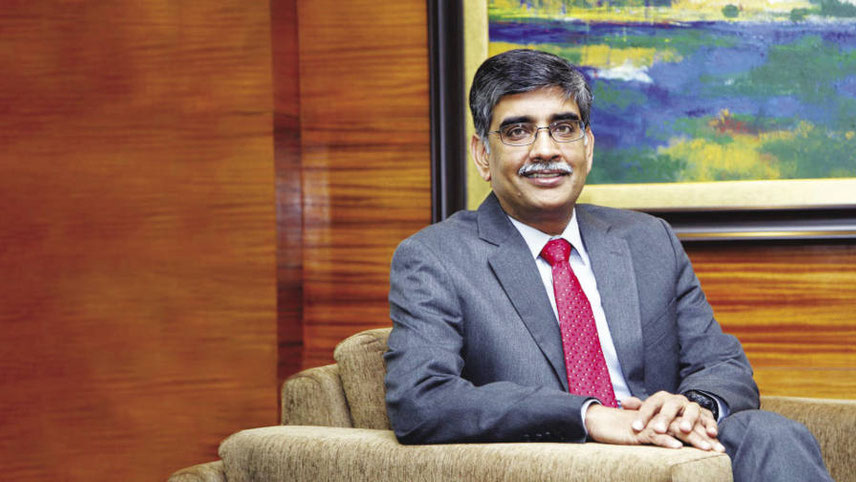
Stress is at the bottom, and at very specific geography. So, it’s not broad-based. Though some green shoots can be seen due to good monsoons, it is too early to declare victory
Sunil D’Souza, CEO, Tata Consumer
Capex strategy
So far, the government’s strategy has been to deploy capital expenditure on infrastructure etc in the hope that the private investment cycle kicks in. But that hasn’t fully happened. While the use of capex by the government to fire private investment in an old formula, it takes a sustained trend in public spending, for about half a decade at least, to help kindle enthusiasm in the private sector.
So, while the government’s intent to spend aggressively on infrastructure in its last Budget was the right thing, this cycle should have started long ago when the slowdown first became visible, perhaps post-demonetisation.
But, as Pulapre Balakrishnan, economist, recently argued in an article in The Hindu, the government can still make amends by focusing on priorities like identifying the right projects and making investments in productivity-enhancing infrastructure. But he also warns that inflation could derail the best designed public spending programmes, and urges a step up in agricultural produce to help rein in food inflation.
As for capacity utilisation, economists believe that though it is now much better than what it was during the pandemic when it had slipped to 67-68 per cent, we have yet to reach the stage at which an investment cycle typically kicks off. The general thumb rule is that the private capital expenditure cycle really picks up when capacity utilisation reaches about 80 per cent.
Thumb rule
Another thumb rule is that private companies invest when they are able to estimate profits, and that comes from demand. The Centre for Monitoring Indian Economy’s (CMIE) consumer sentiment index is still below pre-pandemic levels but is far higher than what was seen 12-18 months ago. It is likely, if Putin gets tired of war-mongering and there is no outlier event that the private investment cycle will pick up.
So, the government should not do anything foolhardy to queer the pitch. It can on the other hand encourage consumption by widening the scope of merit goods, which are necessary for welfare of the people. These should be provided on subsidised rates or even free, preferably by roping in private players.
The subsidies will help in increasing the utilisation levels of the merit goods. In many countries, most of the merit goods like healthcare, education and housing are provided through certain discounts or free for their citizens.
There are certain existing schemes in India covering these sectors. Why not widen the ambit of these schemes now? For instance, the Sarva Shiksha Abhiyan, aimed at making elementary education free and compulsory to children between the ages of 6 and 14, can be extended to cover higher education.
Basic healthcare should be ramped up to multi-specialty. Free housing for the poor can be elevated to housing for the old and infirm. Old age pensions can be disbursed. This will not only boost consumption but also uplift those left behind in the K-shaped recovery.
-

Big difference: Maruti's small car sales declined
Maruti’s K-shaped story
• Maruti has sold 500,000 compact cars since April;
• 40 per cent uptick in Diwali sales;
• Carmaker hopes to sell 2 million cars this year;
• Sedans, mid-size cars and SUVs are selling more;
• Grand Vitara and Brezza have over 200,000 bookings;
• But there has been a decline in sales of small cars;
• And, that has impacted its overall market share.
-
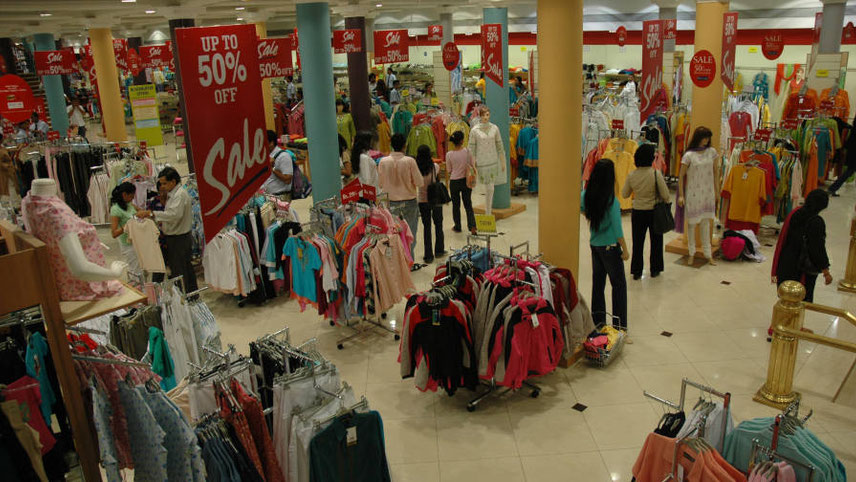
As domestic consumption continues to rise, premium-isation trends will be boosted across sectors
‘Premium-isation’ of consumption
Why is luxury spending increasing in India? Market experts believe that this is happening because of rising consumer incomes and purchasing power of the rich and the upper classes, even the upper middleclass. Furthermore, the rapid growth of the e-commerce sector and digital transactions has increased customer access to the luxury market.
As consumers have become more value- and customisation-oriented, previously dominated by high net worth individuals, premium segments are rapidly diversifying to include Millennials and non-metro consumers. In some segments, most notably luxury housing, the affluent middle-class consumers have also entered the picture. No small wonder DLF recently sold all 292 of its low-rise luxury residences in a Gurugram project, The Grove, for more than R1,800 crore in just eight days,
However, the premium product space is still to be fully tapped. As a result, market players have numerous opportunities. Big names are jumping into the fray. For example, Reliance Brands Limited, established to cater to the international exposure and brand awareness of the new age consumer, currently has under one roof 50 international brands, some of whom have their largest markets in India.
Marketing experts believe that, as domestic consumption continues to rise, premium-isation trends will be boosted across other sectors, from quick-service restaurants (QSR) and home products to hospitality and healthcare. However, premium-isation comes at a cost. For example, while the Indian smartphone market fell by 1 per cent year on year in H1 2022, the premium segment increased by 83 per cent. This segment, however, accounts for only 6 per cent of the total smartphone market.
